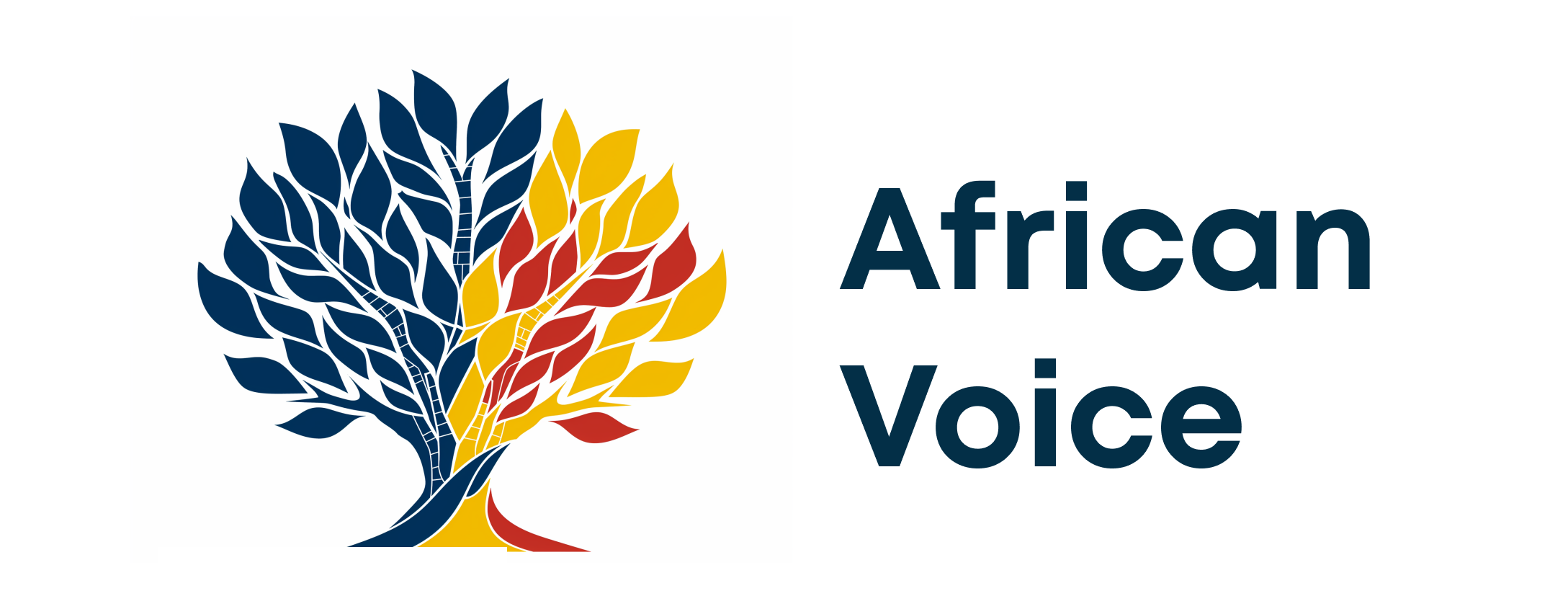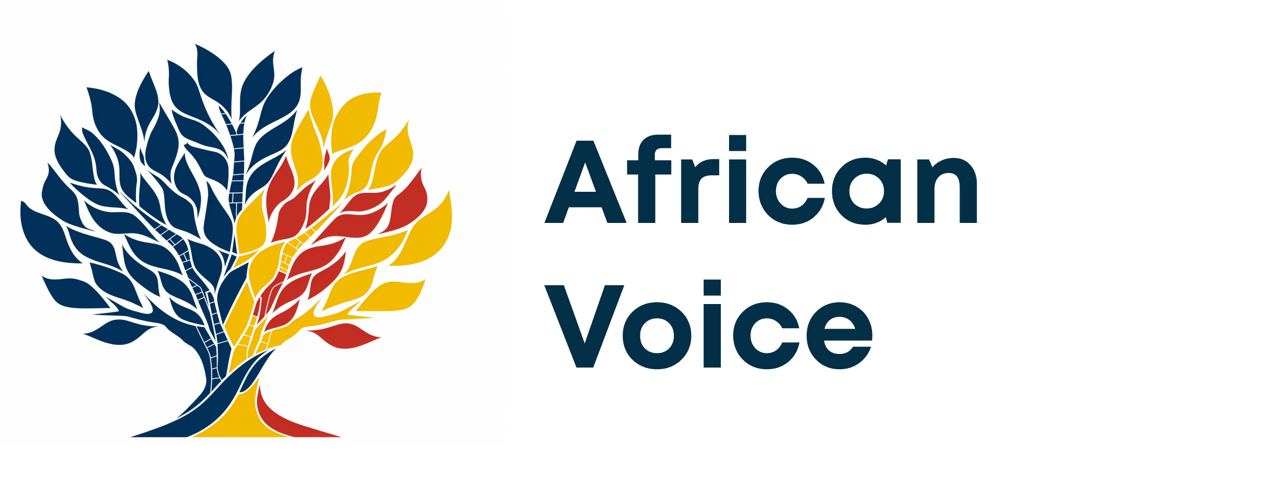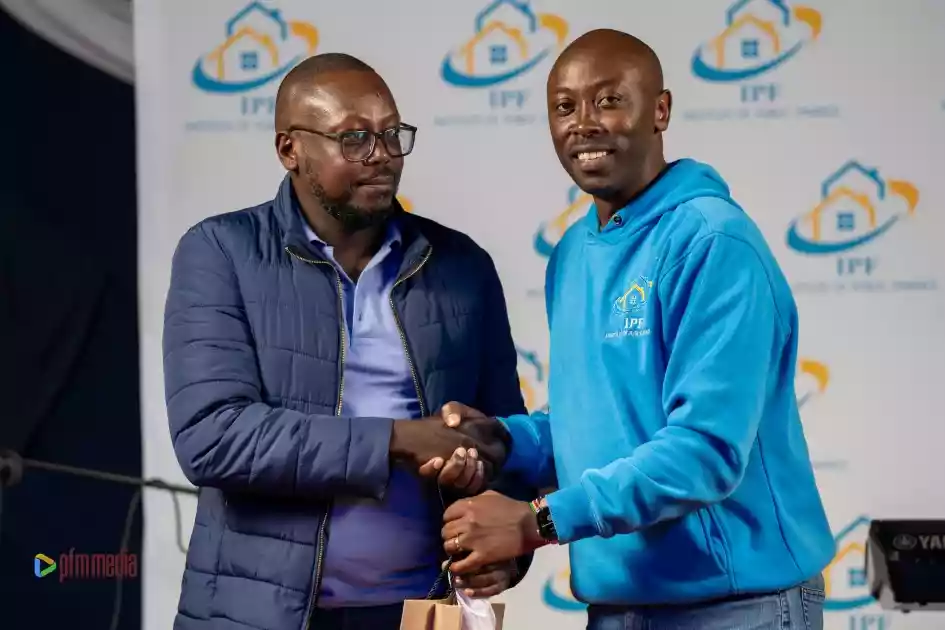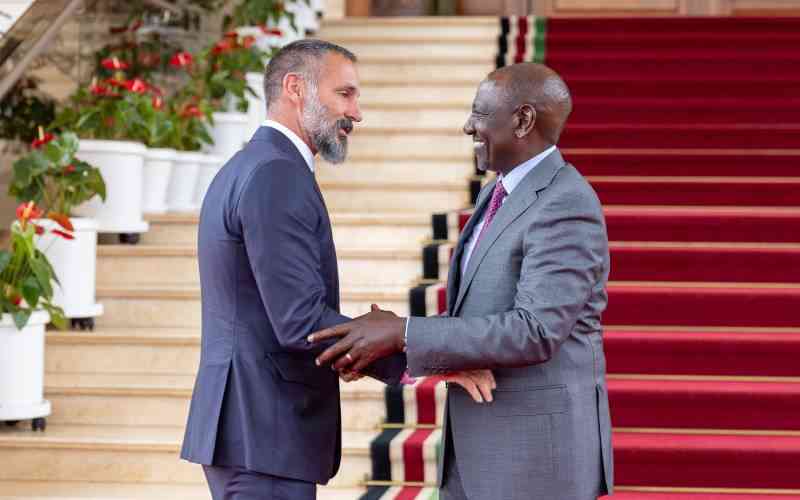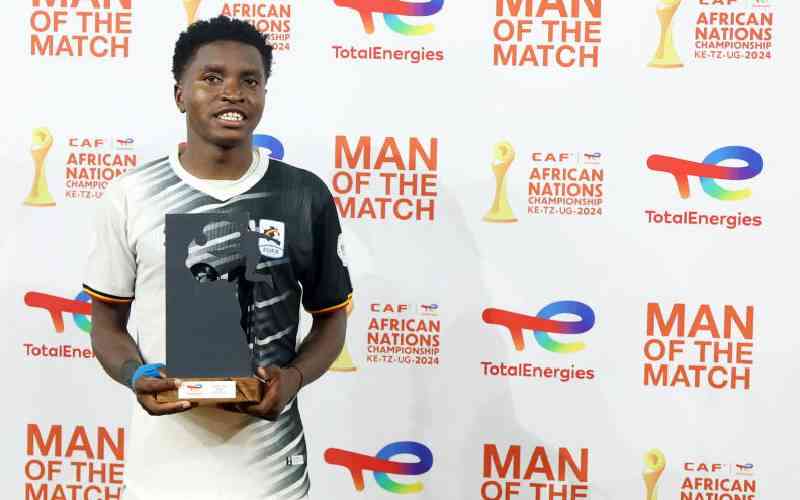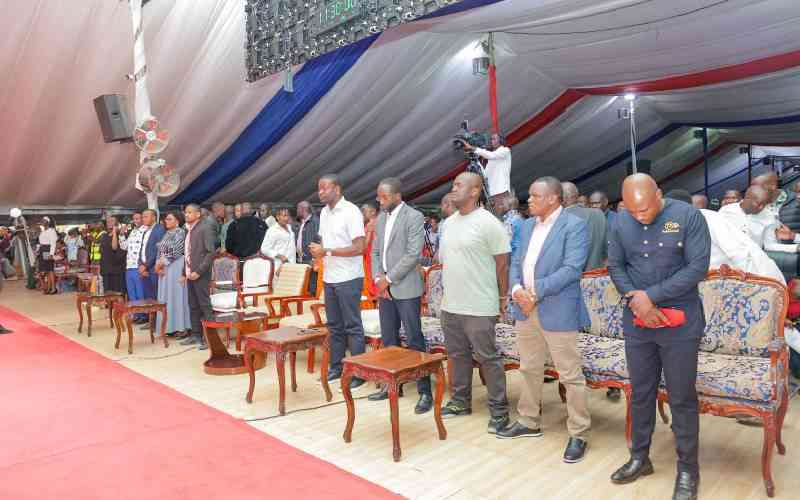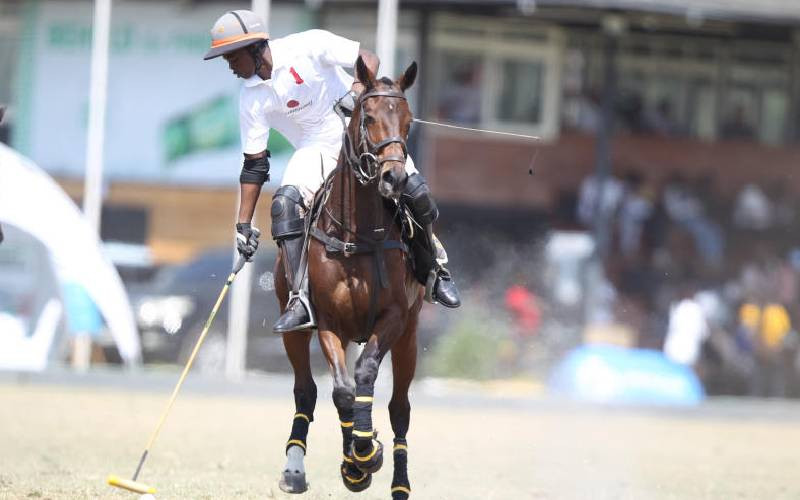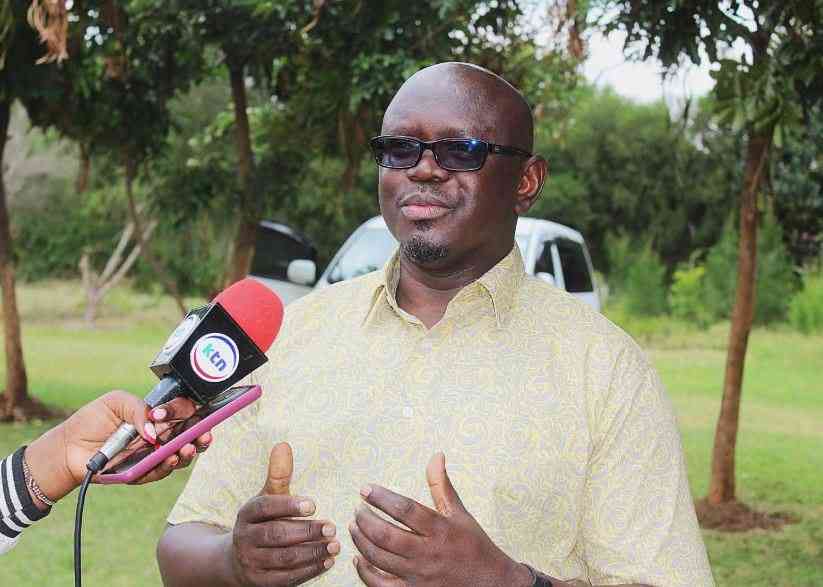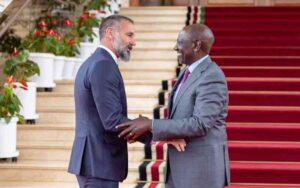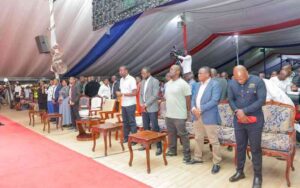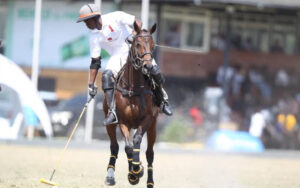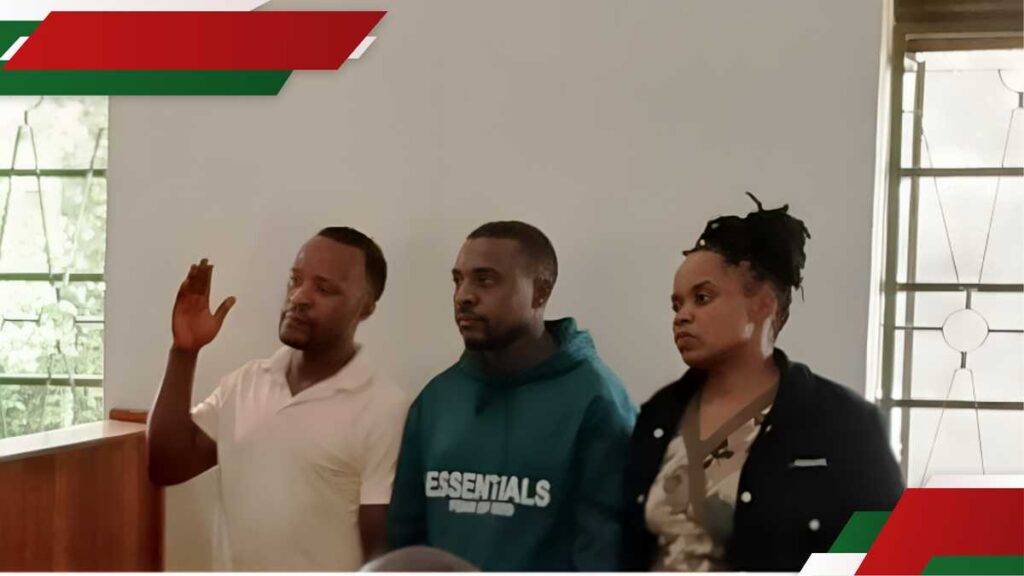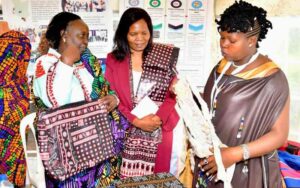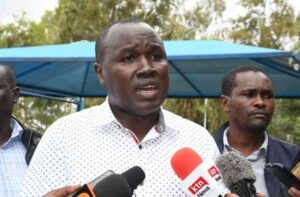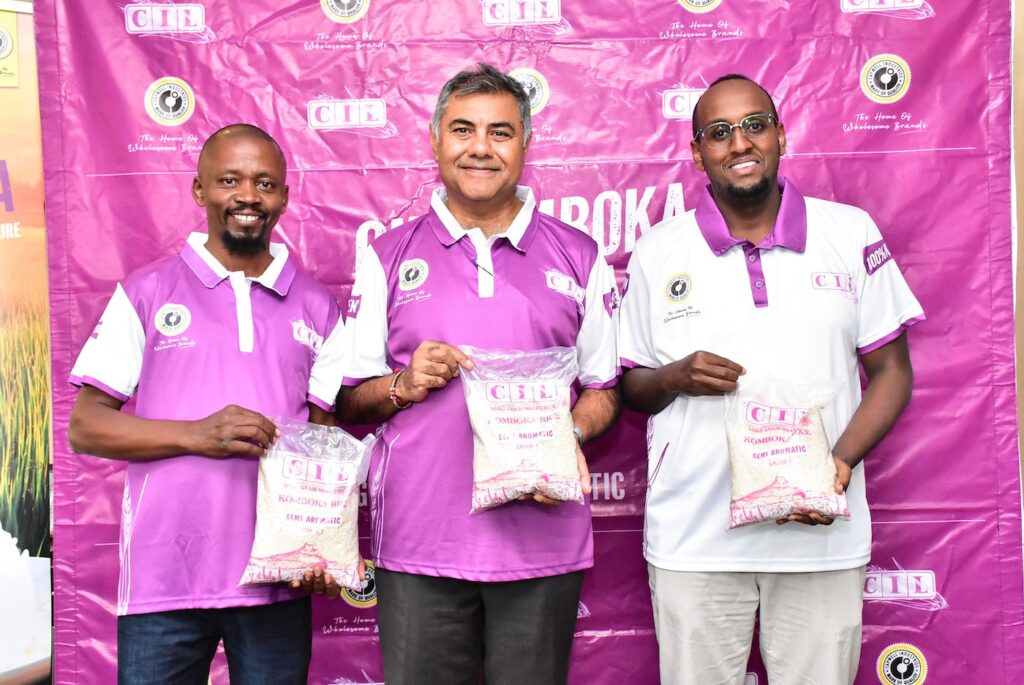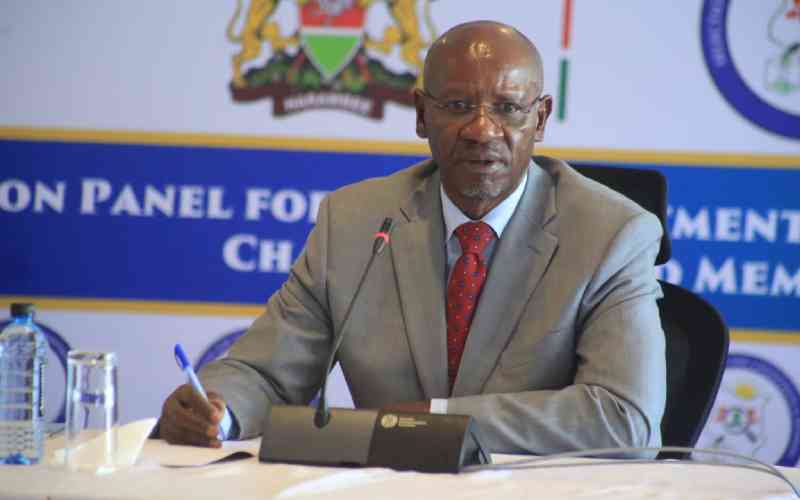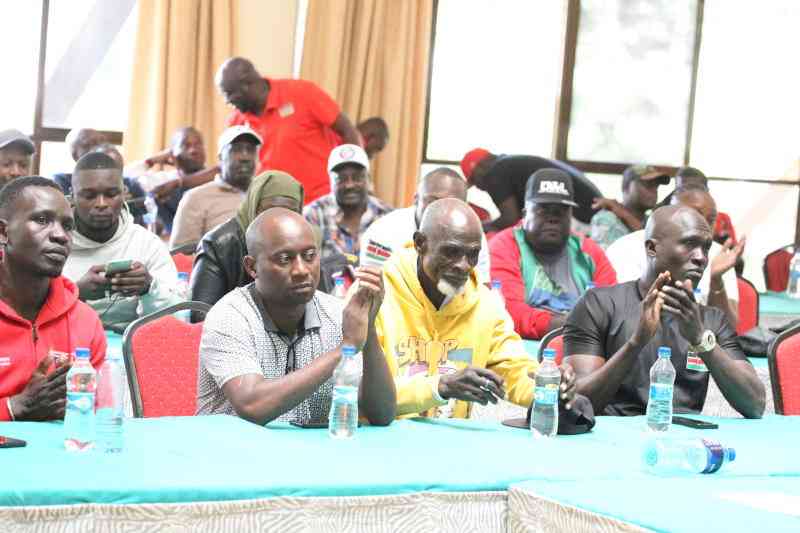What began as an ordinary Tuesday morning for Ken Ochieng’, an advocate of the High Court of Kenya, ended with him bloodied, bruised, and clothes patched together with staples—his body aching and his trust in the police- law enforcement shattered.
On June 17, 2025, Nairobi was on the edge as national protests erupted following the death of Albert Ojwang while in police custody.
“I left my house early, as usual,” Ochieng’ recalled in an interview with The Standard. “By 10:30 am, the city was calm. I was moving between client meetings near Loita Street and Koinange Street. Nothing looked unusual—until I saw men with batons descending on people.”
Lawyer Ken Ochieng recounts brutal attack by gangs during June 17 protests on Koinange Street.
Interview by Winrey Owino.
Video by Benard Orwongo pic.twitter.com/AOBmOrHXuV
— The Standard Digital (@StandardKenya) June 22, 2025
He did not make it to his next meeting. He tried to enter the UniAfric Building along Koinange Street, when a group of armed men on motorcycles emerged. They weren’t protestors. “They were organised,” he said. “They looked like they had been dropped off for one mission—to terrorise.”
Ochieng’ tried to seek refuge in a nearby Java restaurant, but security guards were already shutting the doors. In a flash, he was grabbed from behind and thrown to the ground.
“Three or four of them were on me. They went straight for my pockets. One tore through my left pocket and snatched my phone.”
Pinned to the pavement, the lawyer did what he could to survive. “I fought back. I held onto one of them—got a grip on his neck and choked him until he dropped my phone. That’s when they scattered.”
Unbeknownst to him, a passerby had captured the entire assault on video. The footage would later go viral, drawing national outrage—and a damning response from the Law Society of Kenya (LSK).
LSK President Faith Odhiambo condemned the violence in a statement, calling it “premeditated brutality” and accusing police of “actively participating in looting and violence against peaceful citizens.”
Footage cited by LSK showed a police vehicle near the scene, idling as the attack unfolded.
“They watched everything. They didn’t lift a finger,” Ochieng’ said.
He wasn’t the only victim. He watched helplessly as others were robbed, including an elderly woman and a man whose laptop and phone were stolen. Nearby shops shut their doors, and the streets descended into fear.
Ochieng’ later filed a report at Central Police Station, accompanied by lawyers and colleagues from the LSK. While officers initially received him warmly, their surprise revealed a grim truth. “When I narrated my ordeal, they said, ‘You mean that was you in the video?’” he said. “They didn’t expect the victim to be someone they knew. ”
Stay informed. Subscribe to our newsletter
Despite filing the report and receiving an OB number, Ochieng’ has little hope that justice will follow. “How do you expect the same people who were escorting the attackers to investigate themselves?”
After the attack, Ochieng’ was treated at AR Williamson and later underwent X-rays at Coptic Hospital. Though he suffered no fractures, his body bore bruises and swelling—especially on his left arm, which he used to block a baton from hitting his head. The emotional scars, he said, may take longer to heal. “I had to staple my torn trousers just to make it back to the office,” he said, half-laughing at the absurdity. “My staff gave me water. A friend drove me to hospital. I was in survival mode.”
As Kenya braces for another wave of protests marking the anniversary of the June 25 demonstrations from last year, Ochieng’ warns that the State’s violent response risks sparking something worse.
“We are always told to be calm, to wait for the system to work,” he said. “But how long can we say that? One day, citizens will say enough is enough, and we won’t be able to contain the rage.”
He called on security agencies to remember their duty is to protect—not provoke—citizens.
